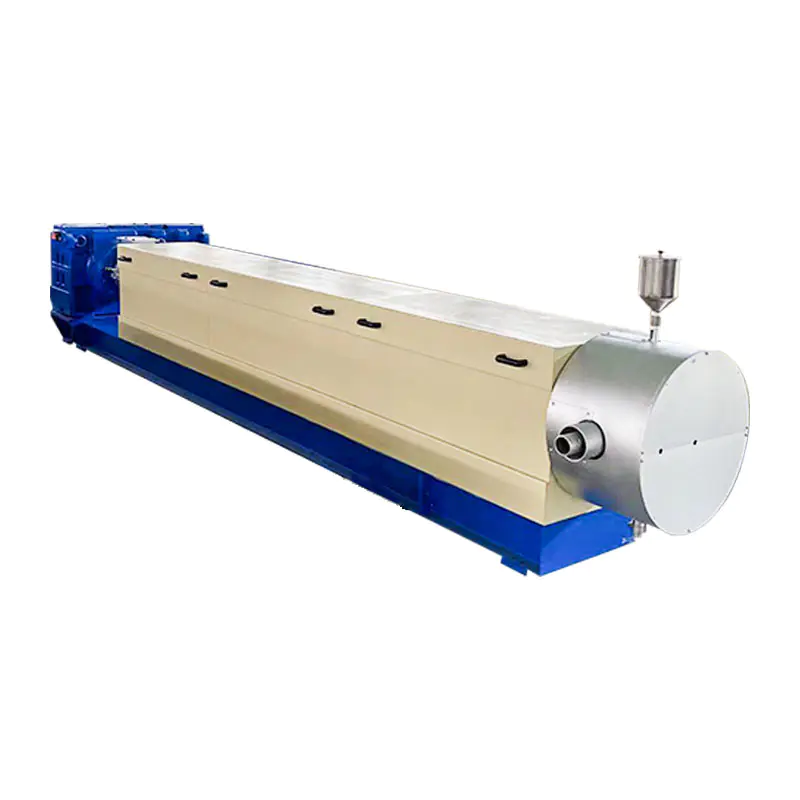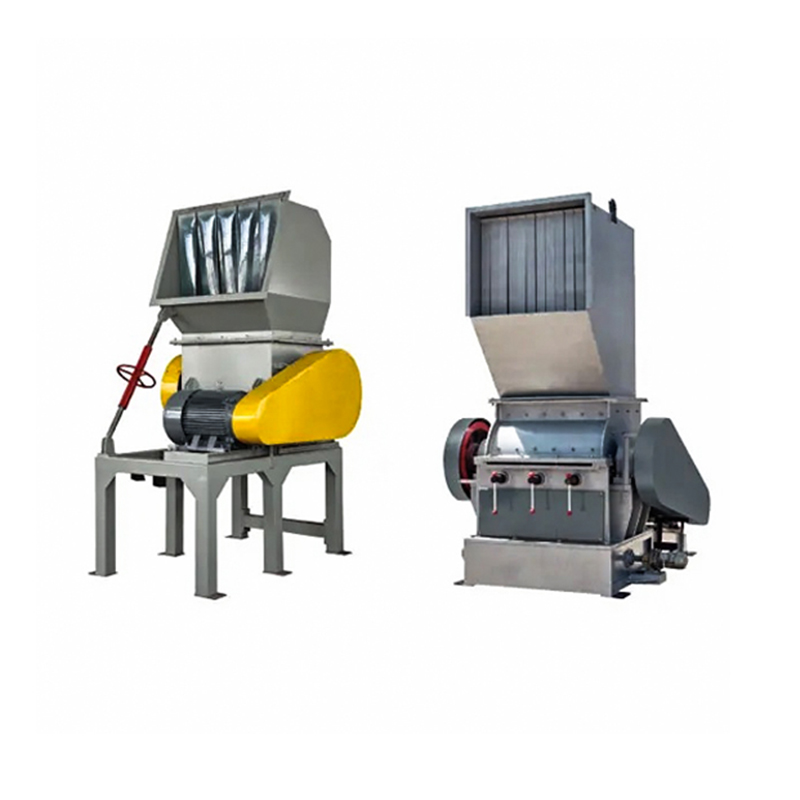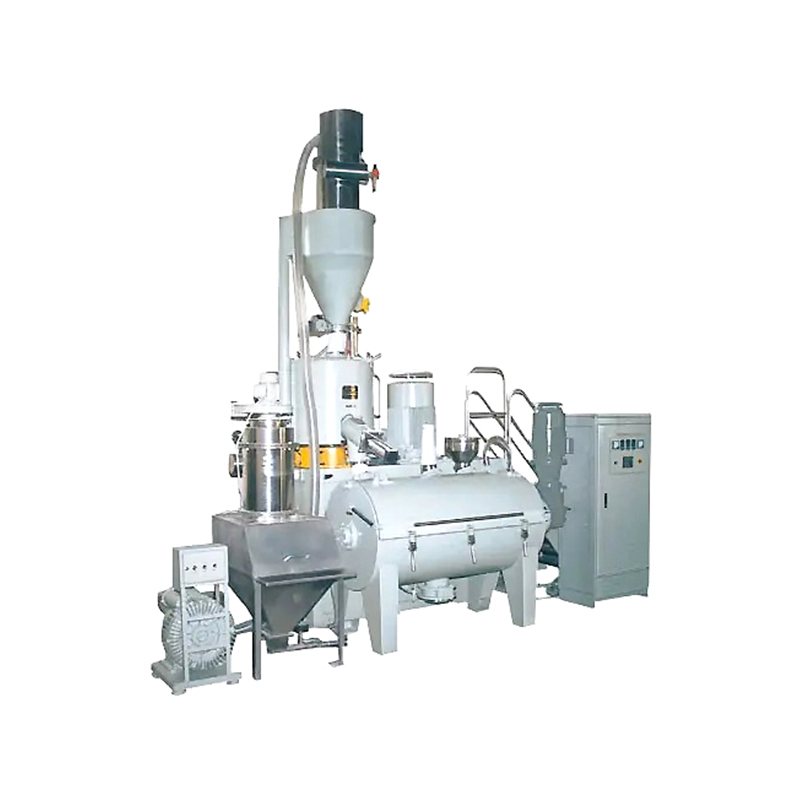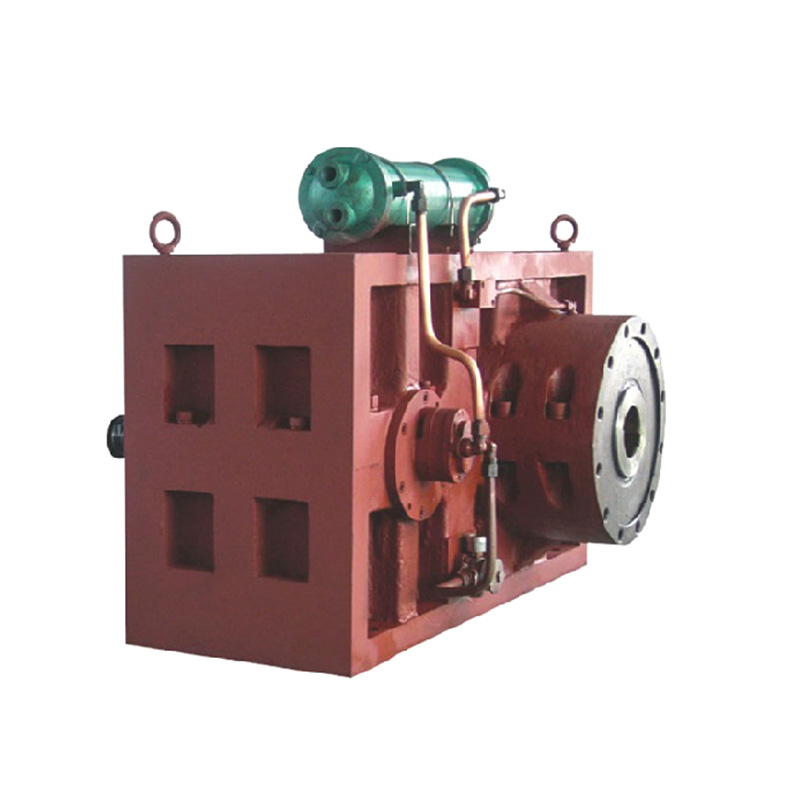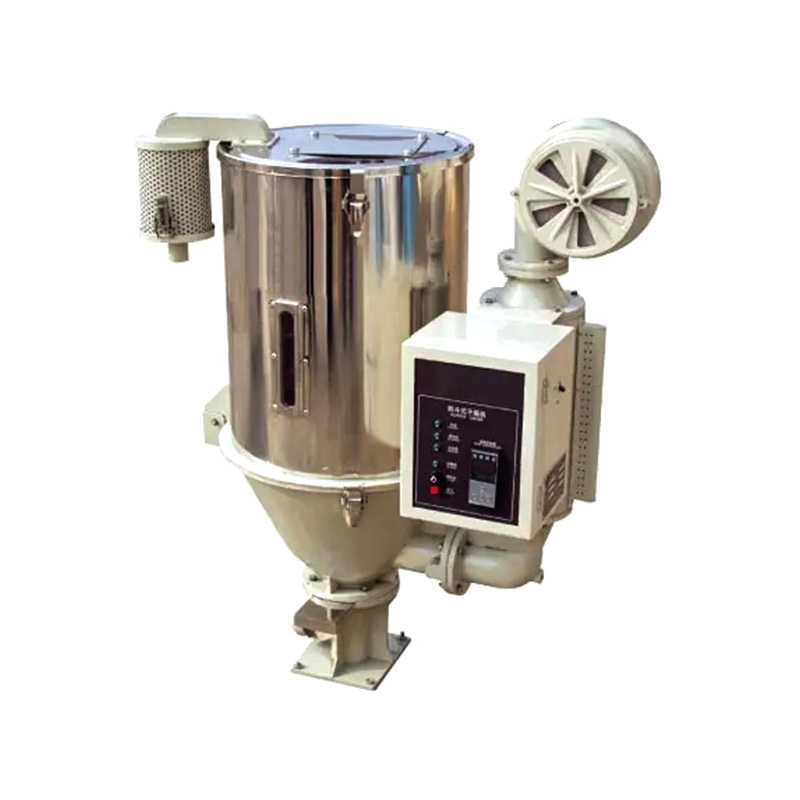The global plastics processing industry continues to evolve rapidly, and with it, the demand for high-performance equipment is stronger than ever. Among these machines, the Plastic Pelleting Machine plays a central role in recycling and compounding processes. While many components contribute to its overall efficiency, experts emphasize that the screw design is one of the most critical factors determining output quality, energy consumption, and production stability.
The Importance of Screw Design in Pelleting Operations
1. Ensures Consistent Material Conveying
The screw of a Plastic Pelleting Machine is responsible for transporting raw materials through feeding, melting, mixing, and pressurizing stages. A well-engineered screw ensures smooth and consistent conveying, preventing issues such as material backflow, blockages, or irregular pellet size.
2. Enhances Plastic Melting Efficiency
Melting efficiency directly affects pellet quality. The screw’s compression ratio, flight depth, and channel geometry determine how quickly and evenly the plastic melts. A properly designed screw helps achieve uniform heat distribution and stable temperature control, improving both reliability and efficiency.
3. Improves Mixing and Homogenization
Different materials—such as virgin resin, recycled flakes, and additives—require precise mixing to form high-quality pellets. The screw’s mixing zones, shear characteristics, and length–diameter ratio (L/D) play key roles in achieving a homogeneous melt. This results in pellets with better mechanical properties and consistent coloration.
4. Increases Output and Reduces Energy Consumption
The geometry and configuration of the screw determine how efficiently energy is converted into mechanical and thermal processing. Optimized screw design reduces torque load and improves throughput, allowing manufacturers to produce more pellets with less energy—an essential advantage in today’s competitive and environmentally conscious market.
5. Adapts to Different Materials and Applications
Modern plastic processing involves a wide range of materials, including PE, PP, ABS, PET, and high-filled masterbatch. A customized screw design enables the Plastic Pelleting Machine to process various materials without compromising quality, making the equipment more versatile and cost-effective.
Key Screw Design Features That Make a Difference
1. Flight Geometry
The shape and angle of screw flights affect plastic flow and pressure buildup. Advanced geometry minimizes shear stress while maximizing efficiency.
2. Compression Ratio
A suitable compression ratio ensures proper melting and venting, preventing defects such as unmelted particles or gas bubbles in the final pellets.
3. Mixing Sections
Static and dynamic mixing elements improve melt uniformity, especially for color masterbatch and recycled plastics.
4. Length-to-Diameter (L/D) Ratio
A longer L/D ratio generally improves melting and mixing performance but must be chosen according to material characteristics and production requirements.
Conclusion
In today’s fast-growing plastics recycling and compounding industry, the screw design in a Plastic Pelleting Machine is more than a technical detail—it is a core factor that determines production efficiency, energy consumption, output quality, and long-term operational stability. Manufacturers increasingly turn to optimized or customized screw configurations to stay competitive and meet the rising standards of modern plastic production.
As the industry continues to prioritize sustainability and high-performance manufacturing, the importance of advanced screw design will only continue to grow.



 عربى
عربى



